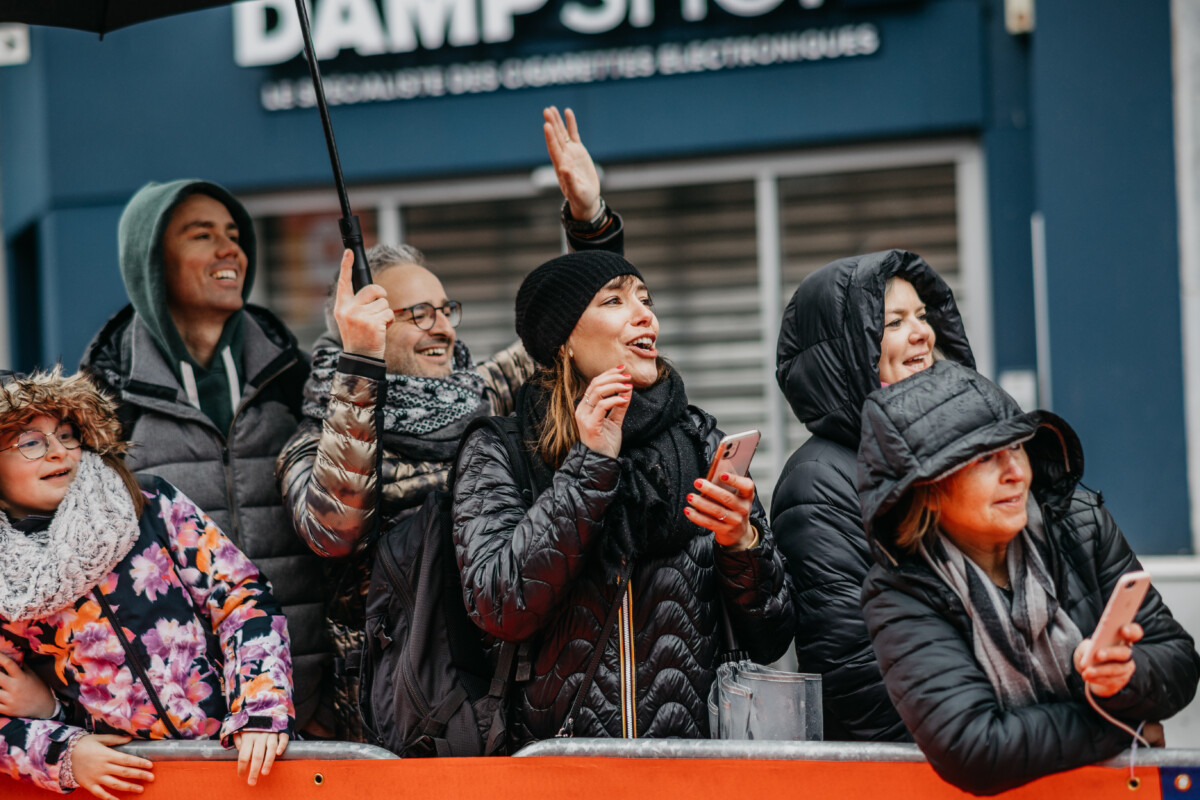Namur, the Walloon capital, is buzzing with excitement as it prepares its bid to become the European Capital of Culture in 2030. For several months, the city has been the scene of a continuous flurry of meetings between experts, collective working sessions, and appointments with key stakeholders. These intensive efforts culminated in July, a crucial month for the writing of the Bidbook, the essential application dossier for validating this ambition.
Creative and collaborative energy
Namur’s candidacy is built on an unprecedented collective mobilization. Cultural experts, urban planners, artists, sociologists, and many others have participated in brainstorming and reflection sessions. Ideas flowed, concepts were debated and challenged, creating a rich and diverse foundation for the Bidbook. This collaborative dynamic has allowed strong and innovative axes for the project to emerge, with each participant bringing their vision and expertise.
Structuring and writing the Bidbook
With this wealth of material, the internal team undertook the writing of the Bidbook. Each chapter was carefully crafted to address the questions posed by the selection body of the European Capitals of Culture. The structure of the document aims to highlight Namur’s strengths and ambitions while demonstrating the city’s capacity to carry out a large-scale cultural project.
Final touches before review
Last week, the final lines of the Bidbook were written. This was a decisive step, marked by intense focus and hard work to refine every detail. The dossier was then submitted for a meticulous review by team members. This phase allowed for the final adjustments, ensuring that the content met the high standards required by the competition.
A Careful translation for an international audience
This week, the Bidbook went to translation. It will be translated into English to be accessible to all members of the international jury. This step is crucial as it ensures that Namur’s ideas and projects are understood and appreciated beyond French-speaking borders. The translation must not only be precise but also capture the essence and vision of the project.
A Strong visual identity with Vwalalab
The next stage will see the Bidbook in the hands of the Vwalalab collective, specializing in graphic design. Their mission is to layout the document, make it attractive to read, and define a strong visual identity for the project. They will create a coherent and aesthetic layout, capable of captivating the jury and reflecting Namur’s cultural ambition.
Towards the final submission
Once the layout is finalized, the Bidbook will be ready for submission to the jury on September 2nd. This date will mark a key milestone in the application process, culminating months of hard work and intense collaboration.
And after?
The future of Namur’s bid to become the European Capital of Culture in 2030 looks promising. The efforts made in July reflect the commitment and passion of local actors for this project. Stay tuned, as we will keep you informed of the next steps and developments in this exciting adventure.
Namur is ready to shine on the European stage, strong in its heritage, creativity, and the energy of its inhabitants. The road ahead is still long, but this July will be remembered as a decisive moment in this ambitious quest. The Bidbook is much more than a simple dossier; it is the testimony of a city confidently projecting itself towards a radiant cultural future.





